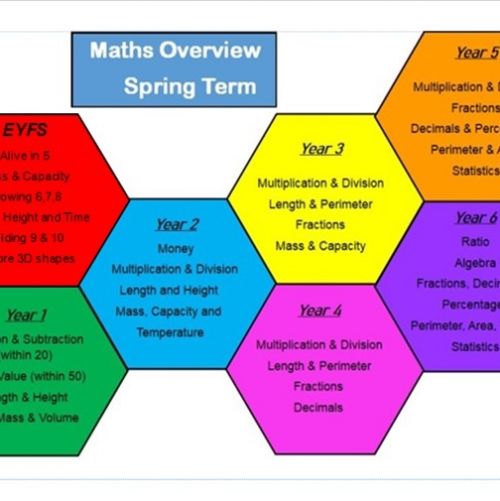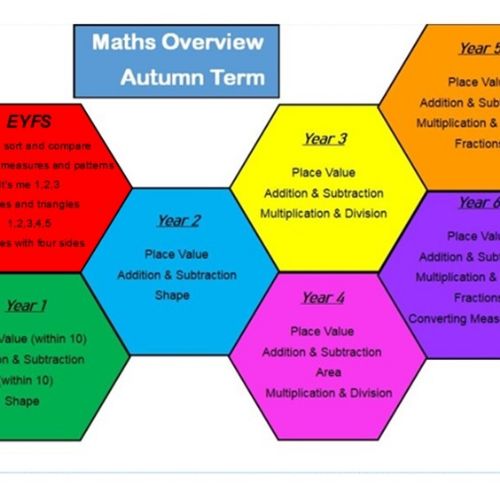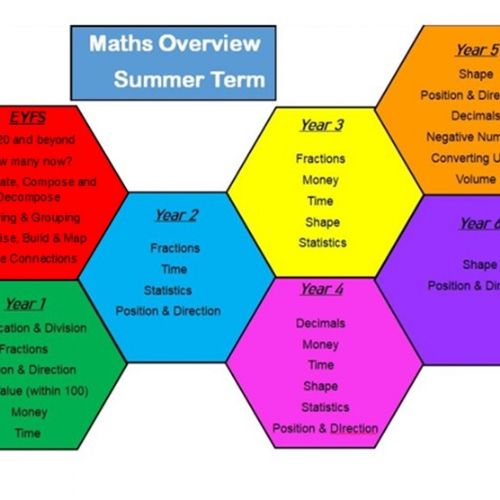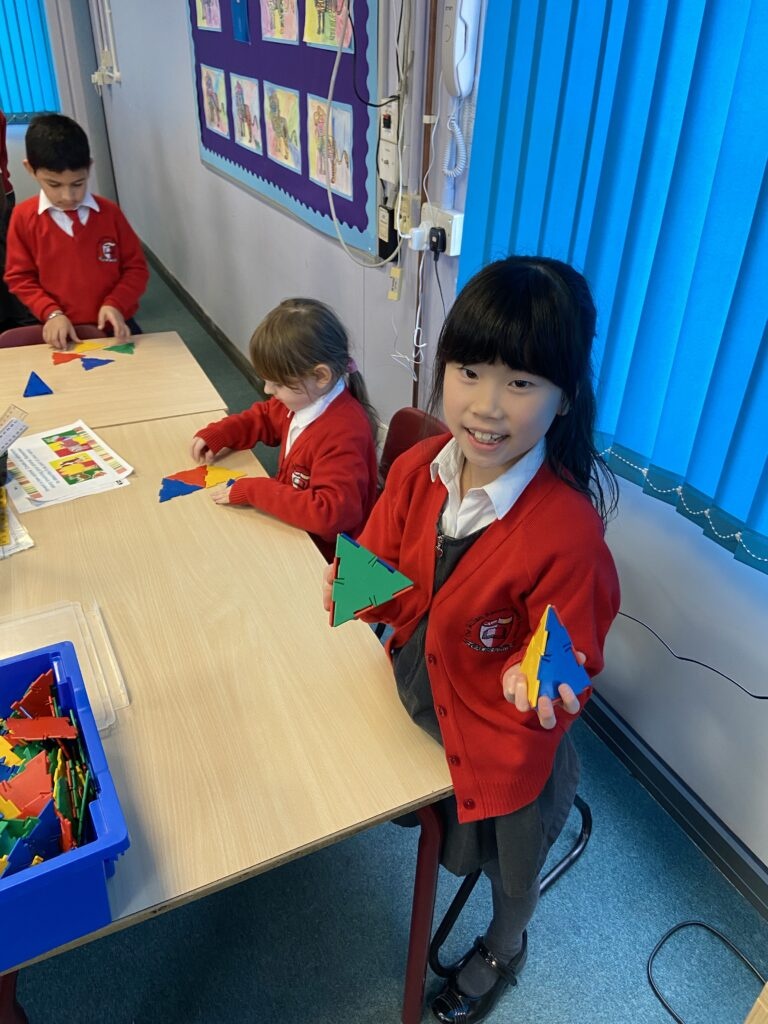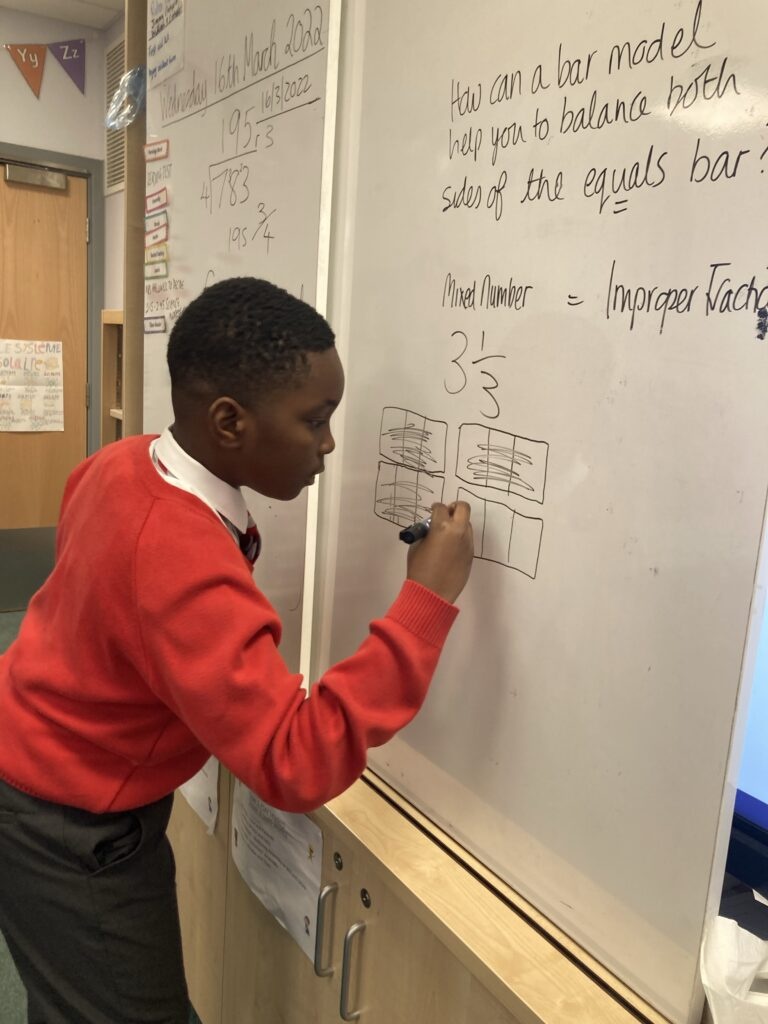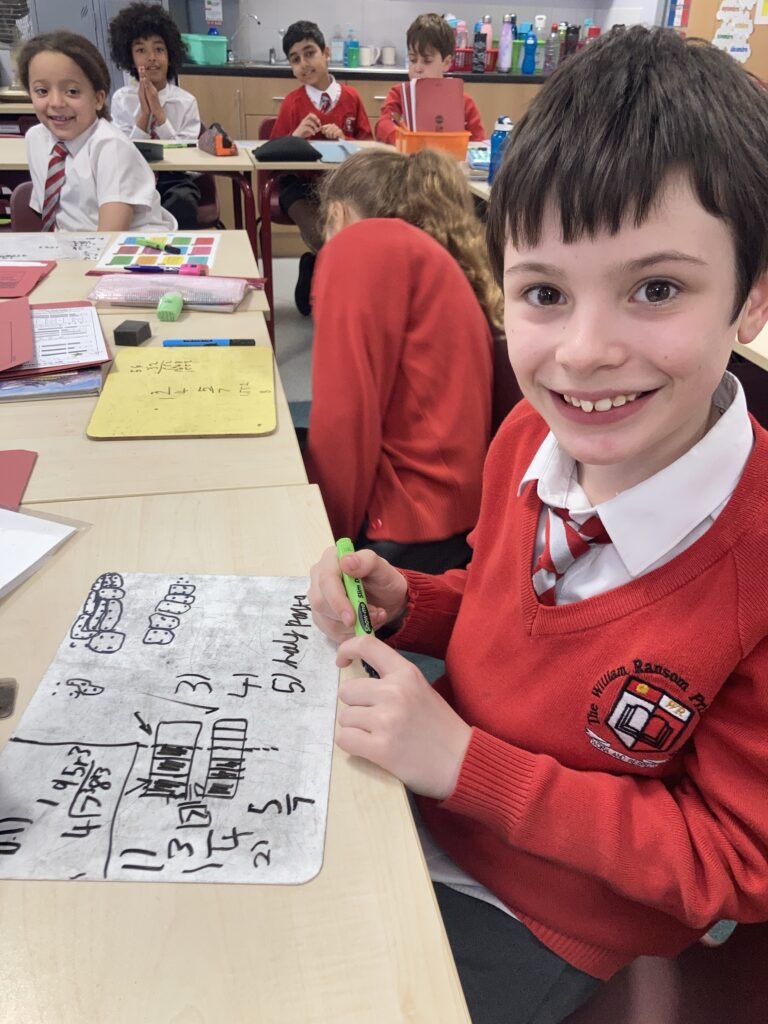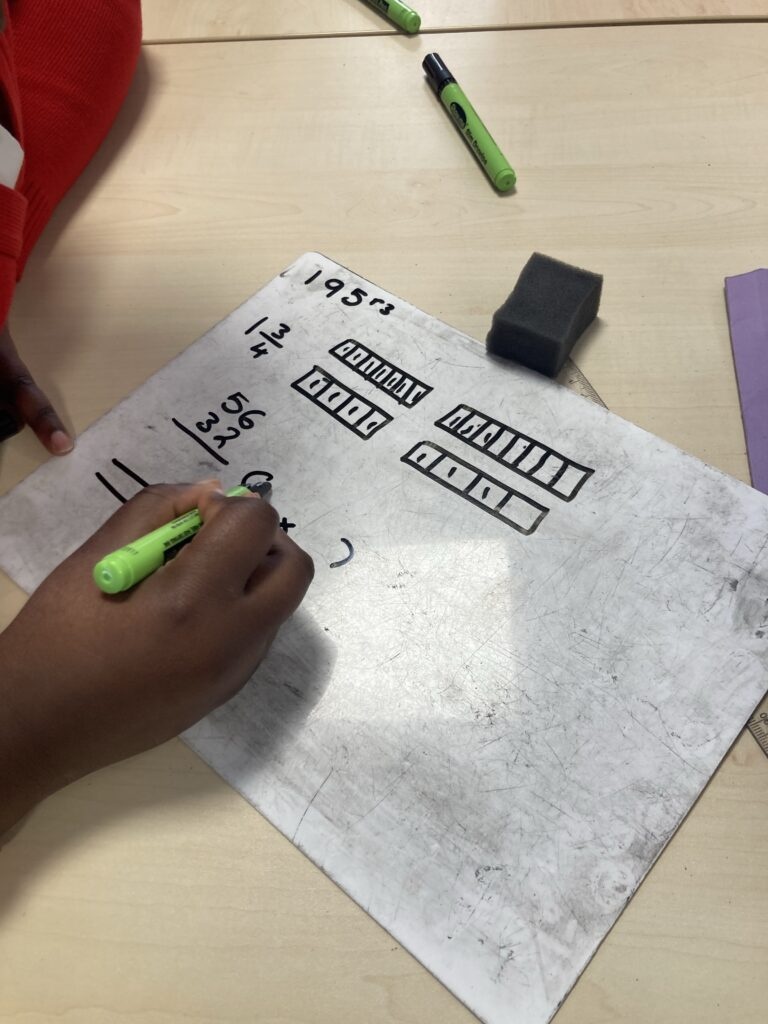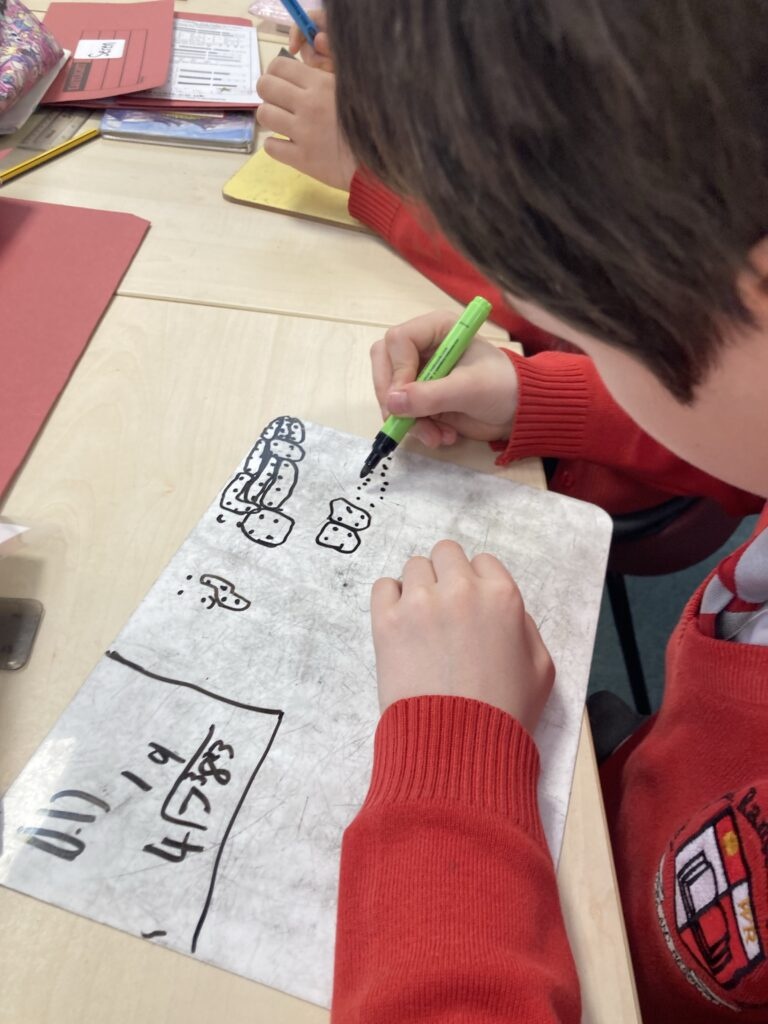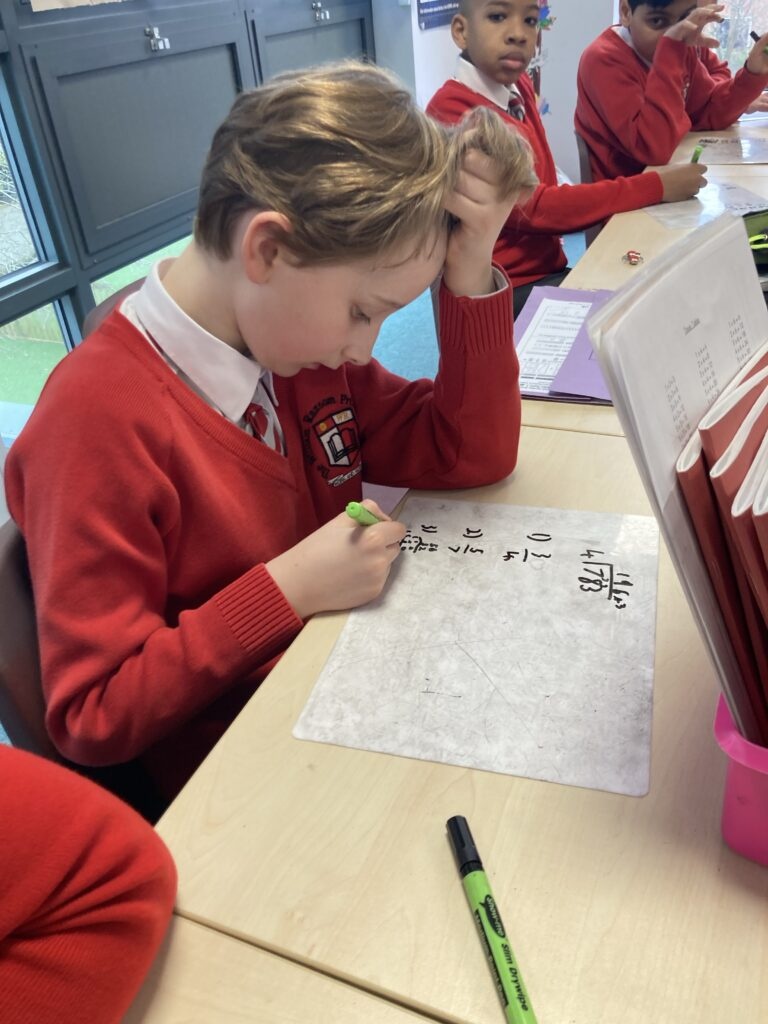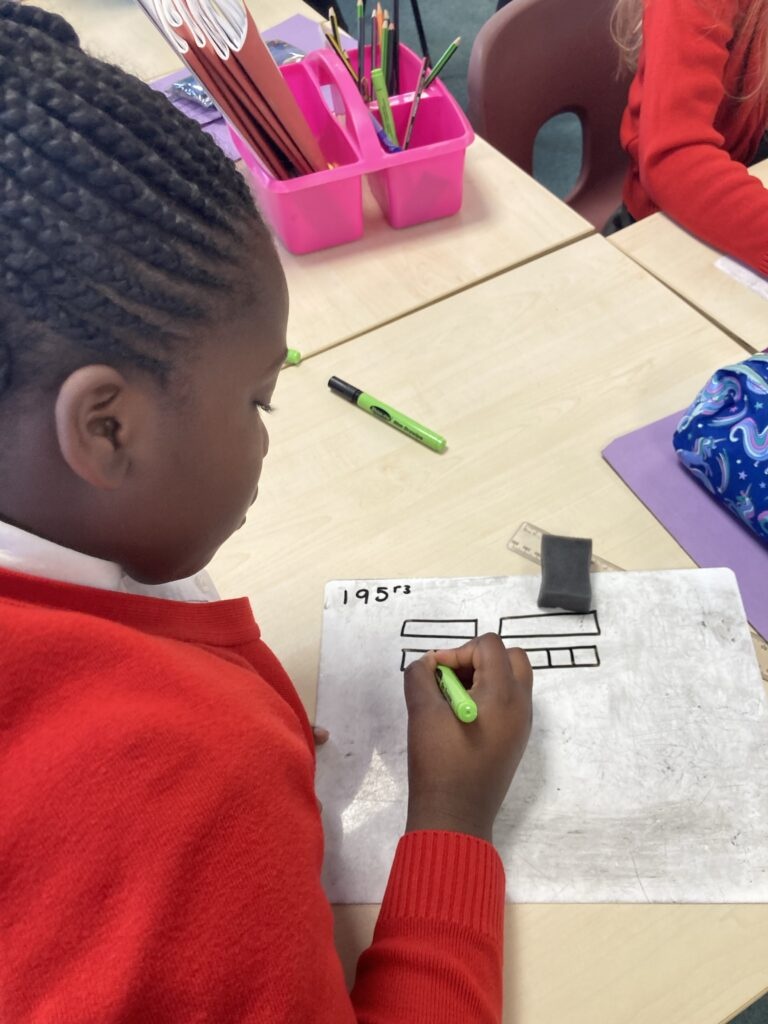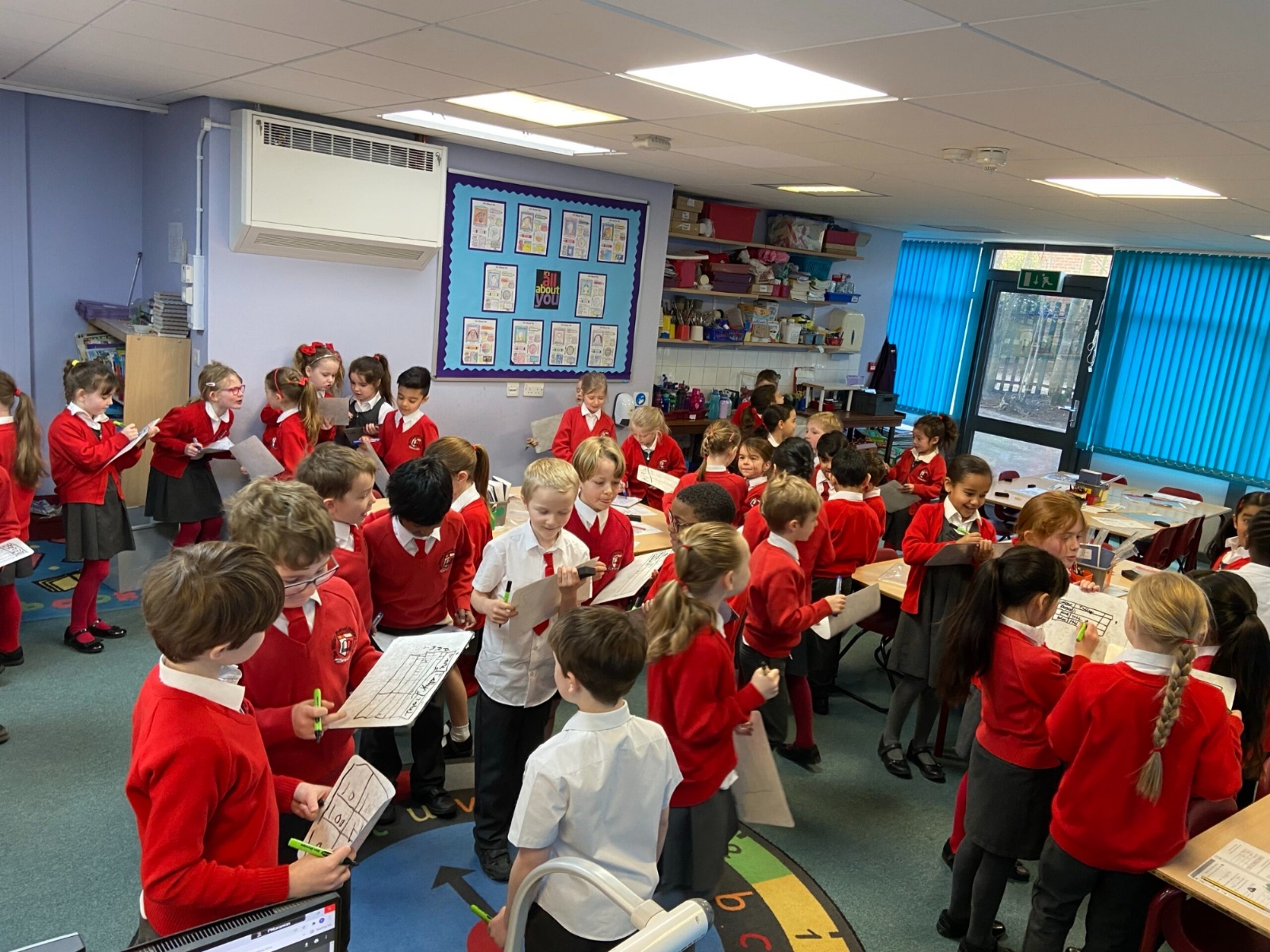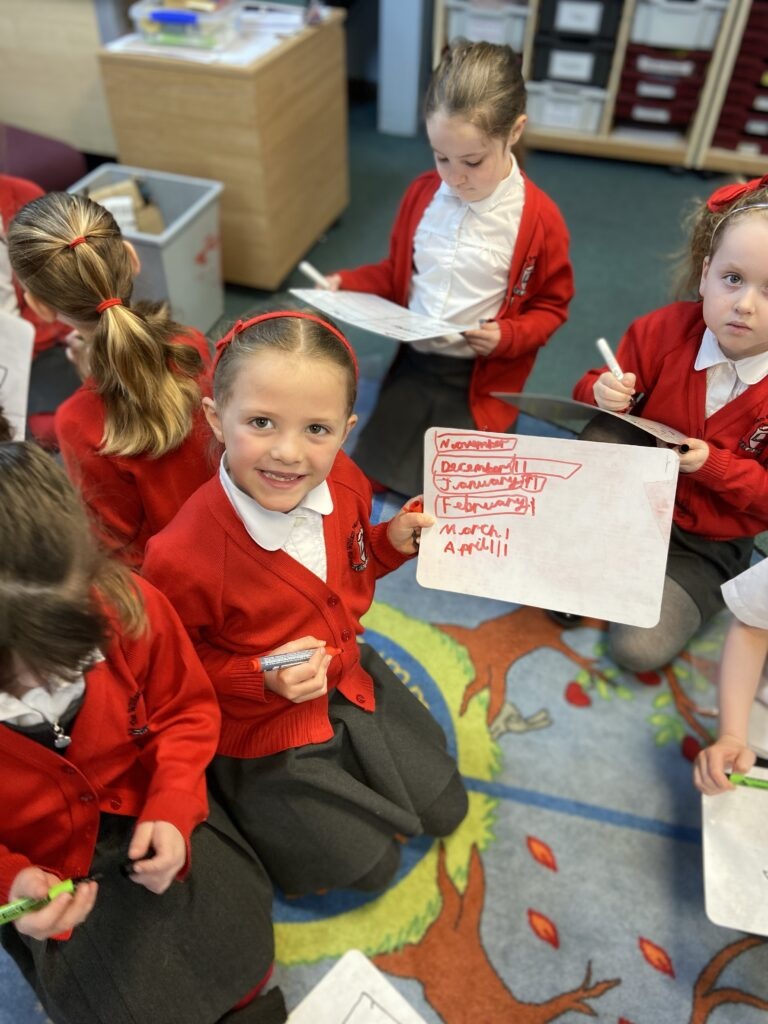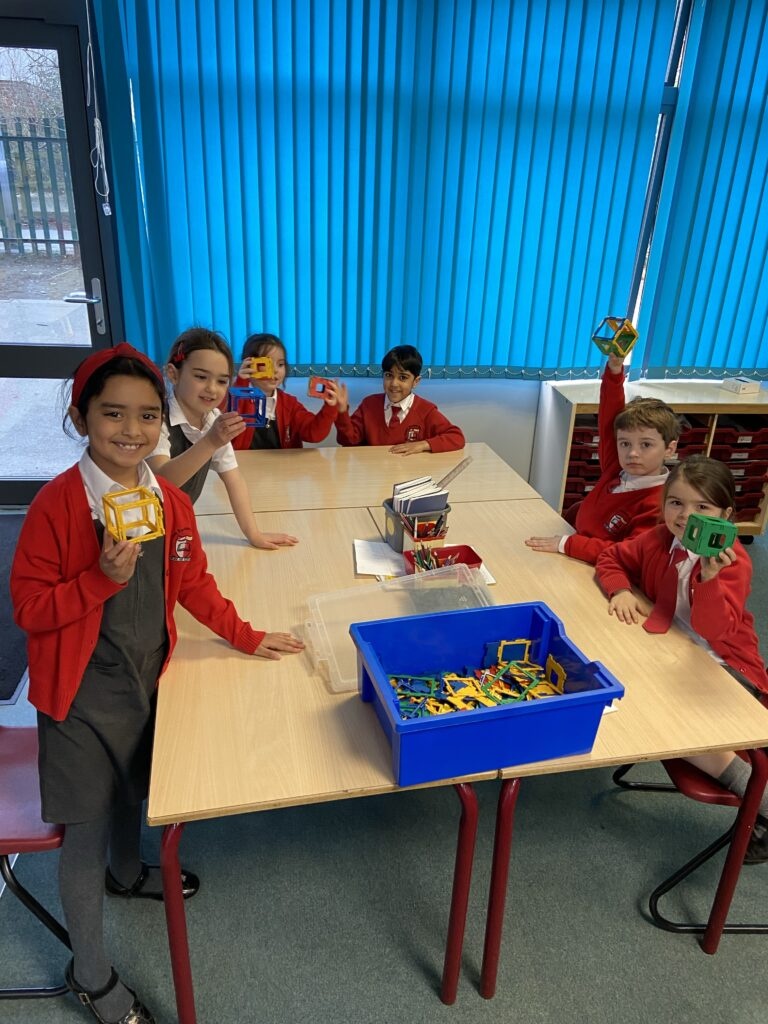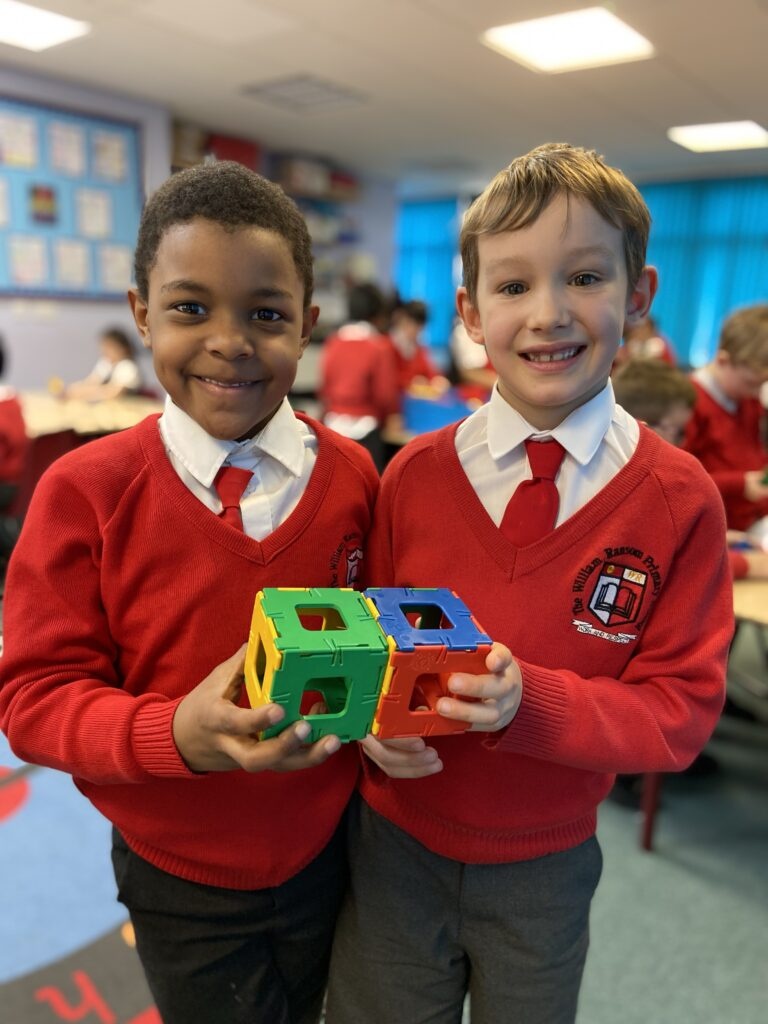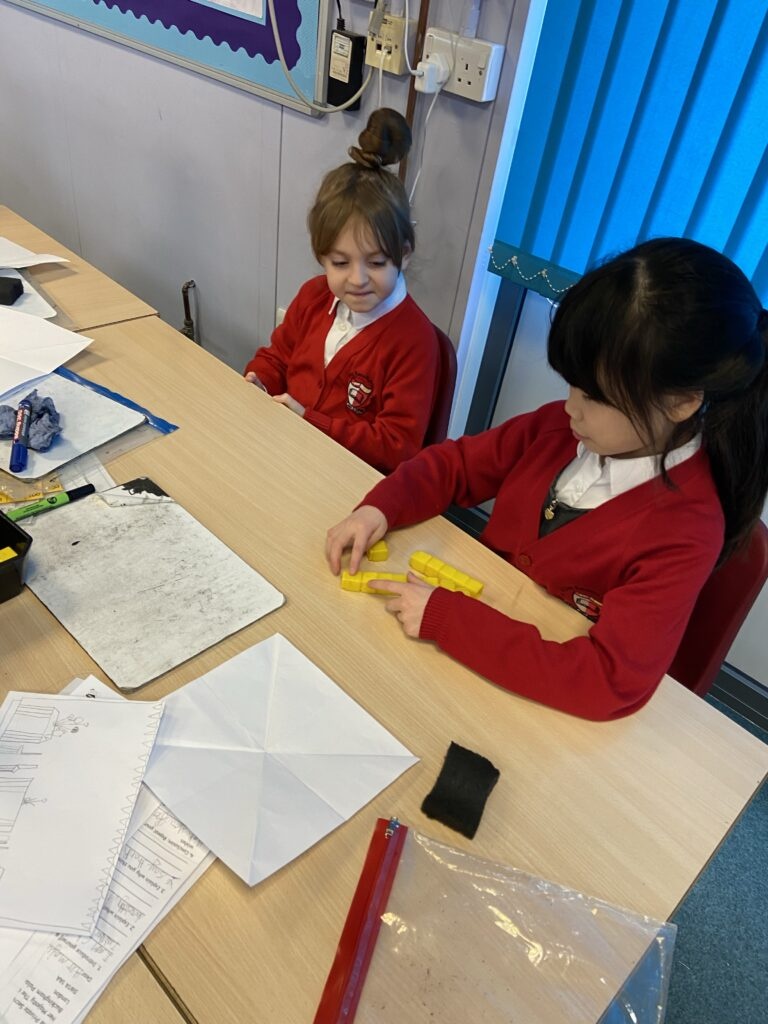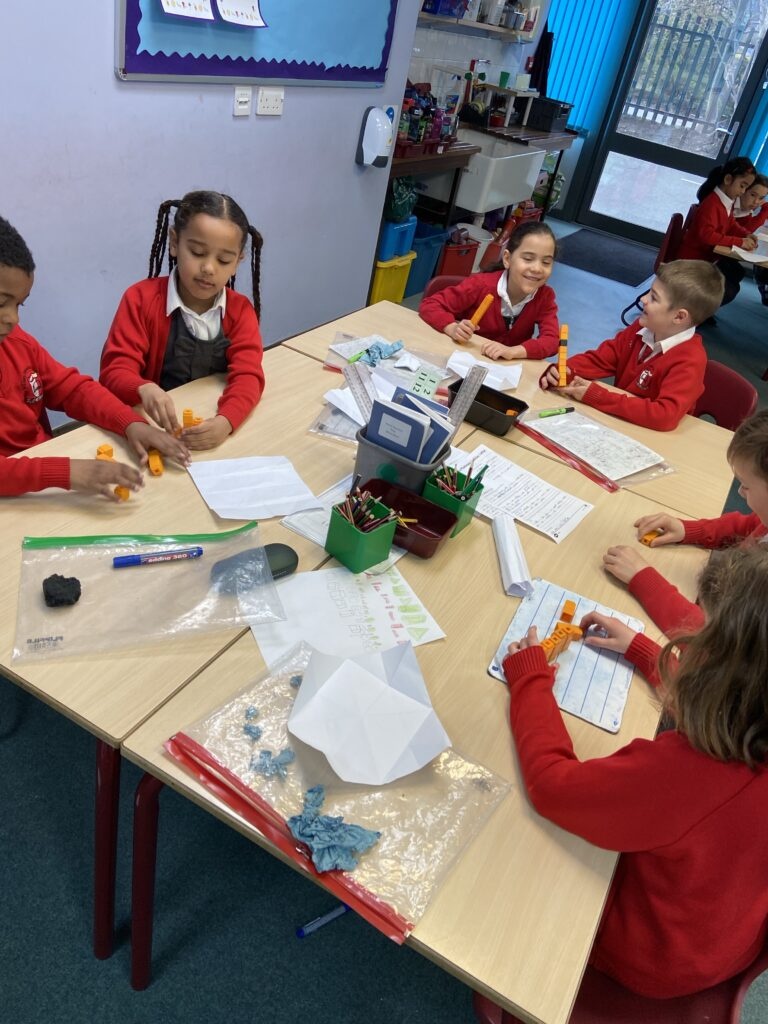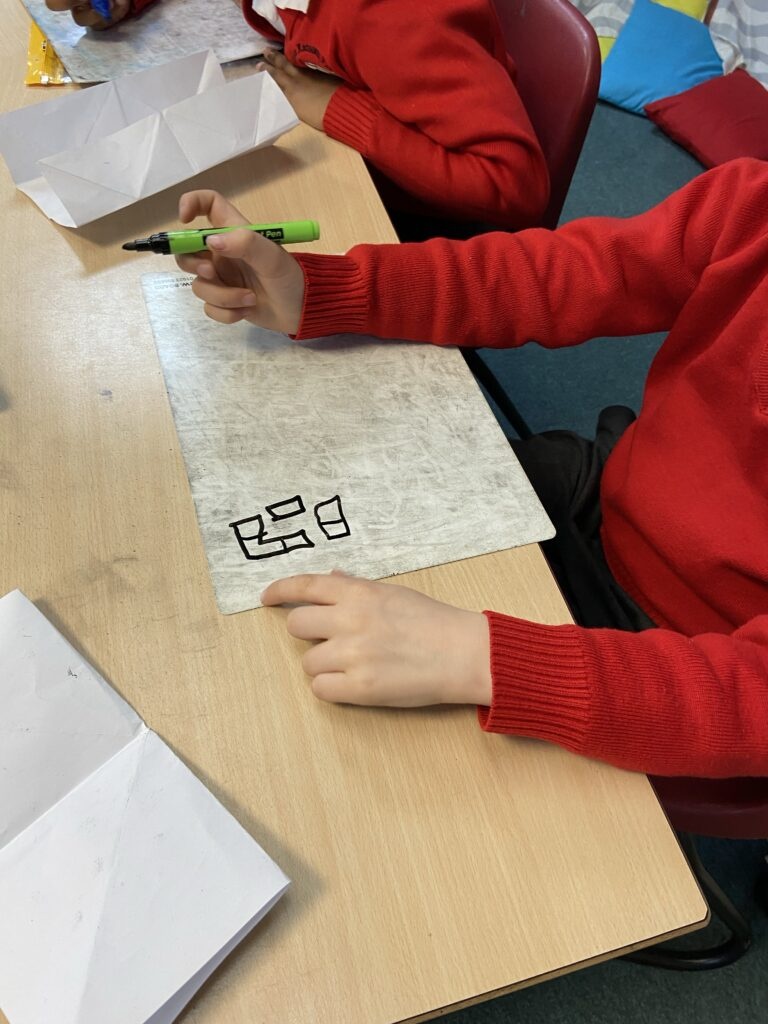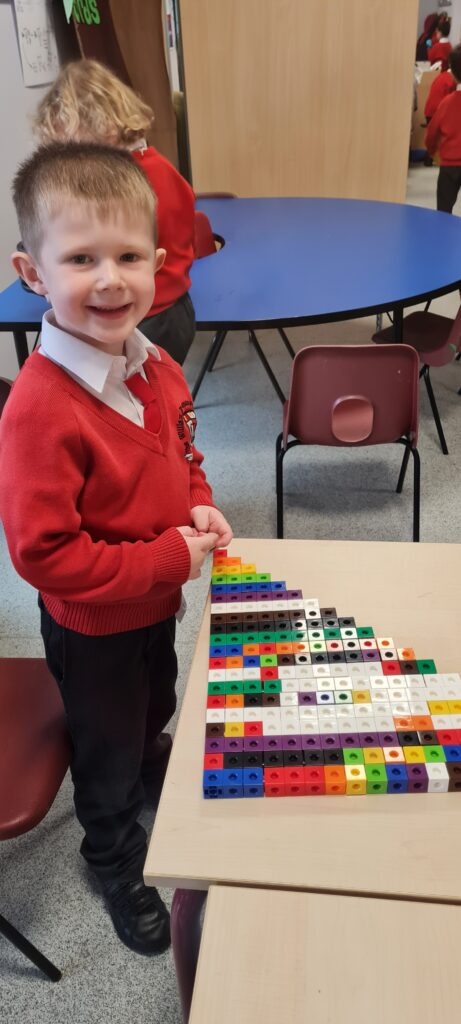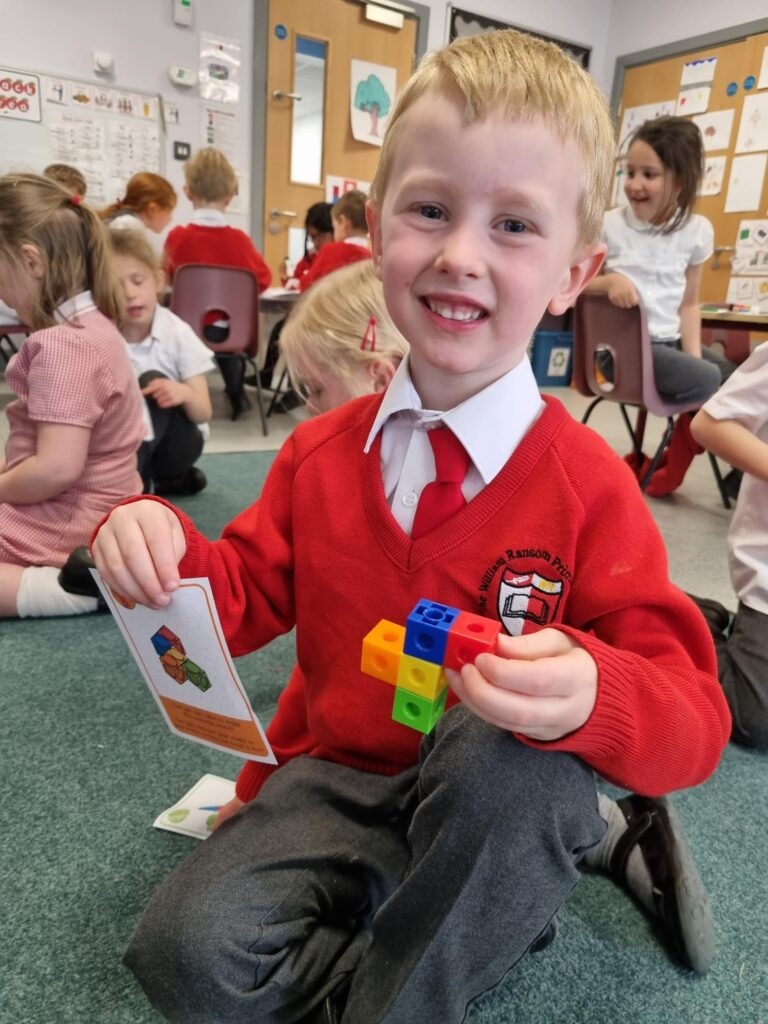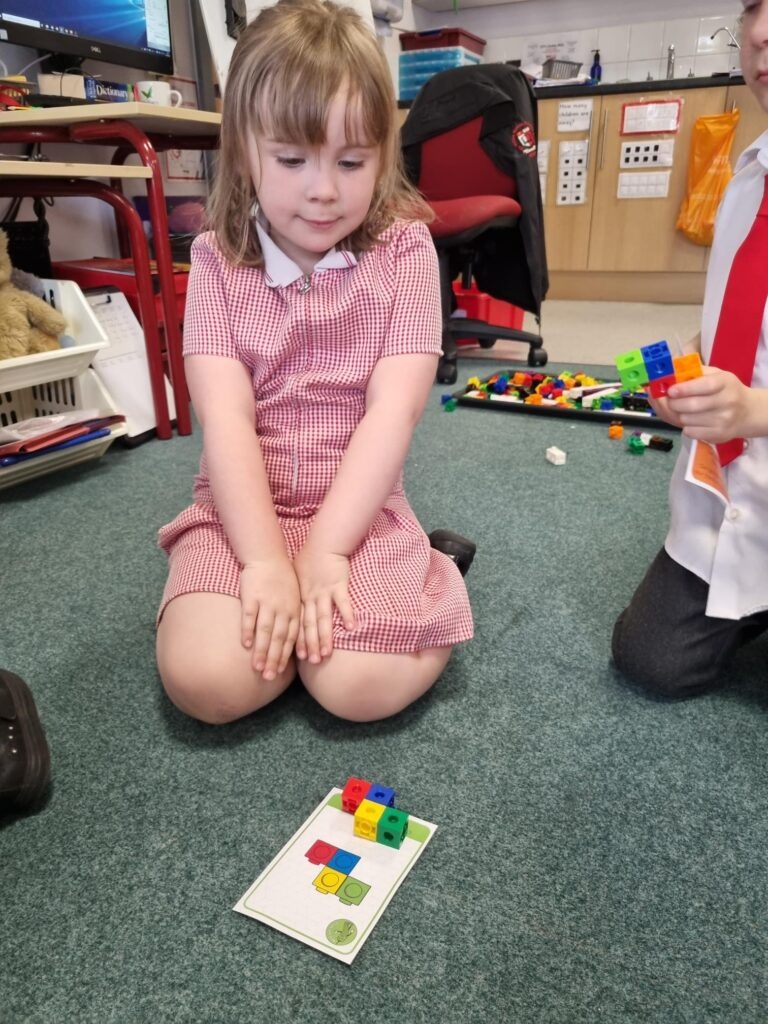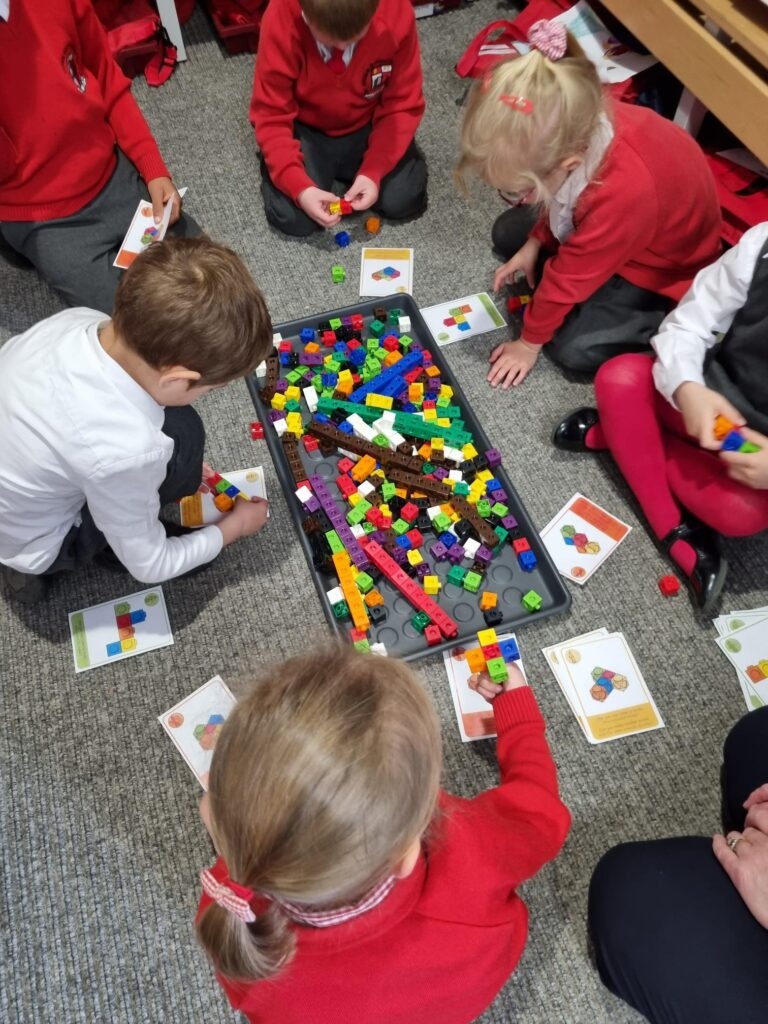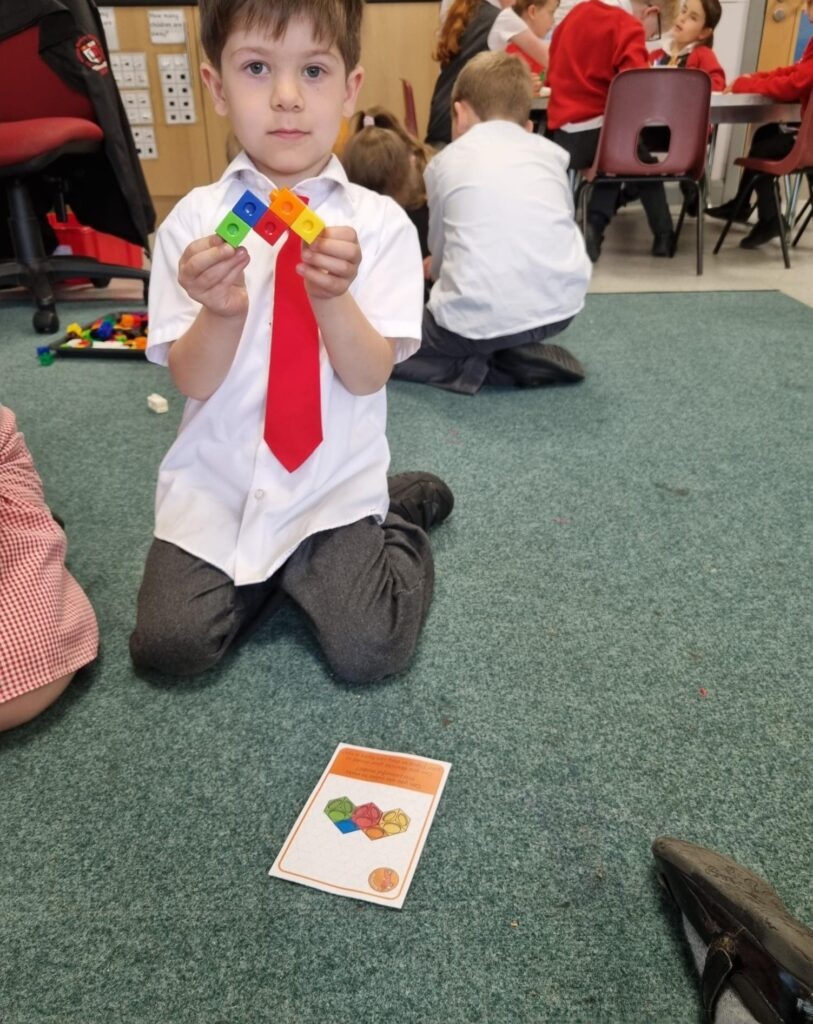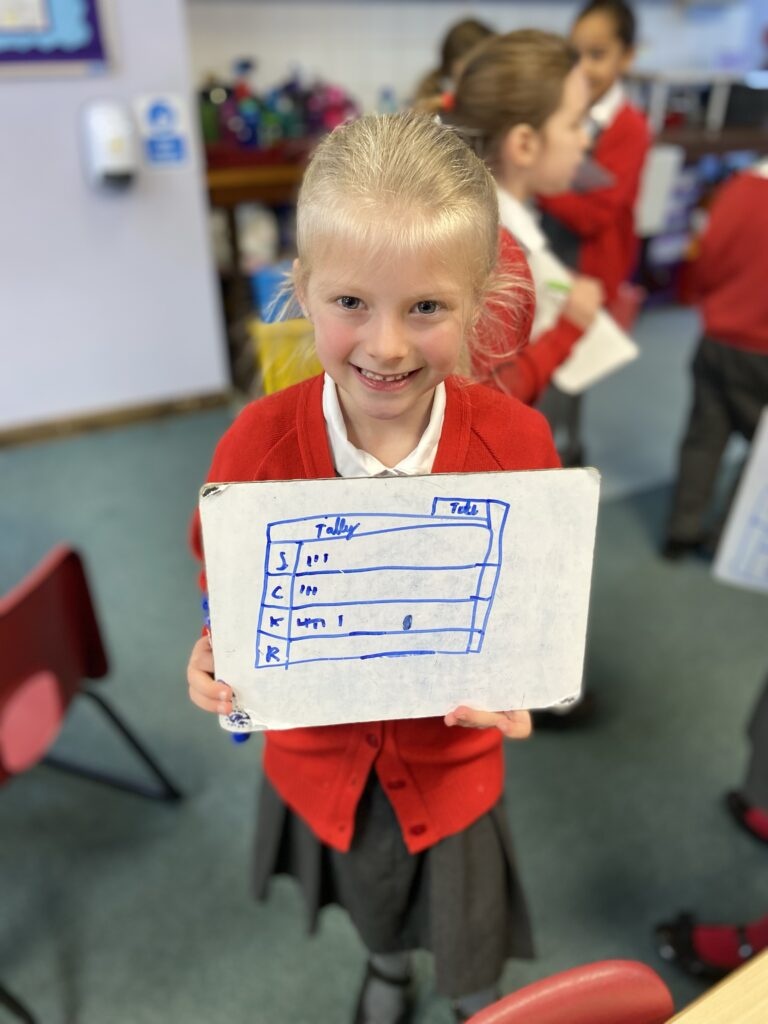Maths

Intent
Why do we teach this? Why do we teach it in the way we do?
“A high-quality mathematics education provides a foundation for understanding the world, the ability to reason mathematically, an appreciation of the beauty and power of mathematics, and a sense of enjoyment and curiosity about the subject.“
2014 National Curriculum for Maths
The 2014 National Curriculum for Maths states that all pupils should:
- become fluent in the fundamentals of mathematics so that they develop conceptual understanding and the ability to recall and apply knowledge rapidly and accurately.
- be able to solve problems by applying their mathematics to a variety of problems with increasing sophistication, including in unfamiliar contexts and to model real-life scenarios.
- reason mathematically by following a line of enquiry and develop and present a justification, argument or proof using mathematical language.
At William Ransom Primary School, we provide a curriculum which caters for the needs of all individuals and provides them with the necessary skills and knowledge they need to prepare for the next step in their educational journey. We believe all children can achieve in mathematics, and we teach for secure and deep understanding of mathematical concepts through manageable steps. At our school, we promote ‘Growth Mindset’ within our children where we use mistakes and misconceptions as an essential part of learning and provide challenge through rich and sophisticated problems.
Our aim is for all pupils to become fluent in the fundamentals of mathematics, including through varied and frequent practice with increasingly complex problems over time. Maths fluency is seen across all year groups ensuring pupils have the opportunity to develop conceptual understanding and the ability to recall and apply knowledge rapidly and accurately.
The children at William Ransom have always performed above the national average in end of Key Stage assessments in maths. In order to maintain this, we have made it a whole school focus to ensure that there is an increased focus on our children’s mathematical reasoning. We aim to provide the children with the skills to reason mathematically by following a line of enquiry, inferring relationships and generalisations, and developing an argument, justification or proof using mathematical language/talk.
At William Ransom Primary School, we aim to create a vocabulary rich environment, where talk for maths is a key learning tool for all pupils. Pre-teaching key vocabulary is vital for pupil understanding and helps to develop the confidence needed for pupils to be able to explain their ideas mathematically.
Implementation
What do we teach? What does this look like?
Early Years Foundation Stage
At William Ransom Primary School, we understand the importance of early experiences of maths, and plan using the updated Statutory Early Years Framework 2021. This places a significant emphasis on developing a strong grounding in number – understanding that this is a necessary building block for children to excel in the subject. We provide the children with creative and engaging opportunities in order for them to explore their curiosity and enthusiasm for the subject, while focusing on the three prime areas of: Communication and Language, Physical Development and PSED.
Activities and experiences are frequent and varied, and allow the children to build on and apply understanding of Numbers to 10. Concrete manipulatives are a key focus within our sessions, as is the use of pictorial representations. Children are actively encouraged to use the correct mathematical terminology within their understanding and we focus on building positive attitudes and interests in the subject.
By the time the children have finished Reception they will have met the following Early Learning Goals:
Number
- Have a deep understanding of number to 10, including the composition of each number;
- Subitise (recognise quantities without counting) up to 5;
- Automatically recall (without reference to rhymes, counting or other aids) number bonds up to 5 (including subtraction facts) and some number bonds to 10, including double facts.
Numerical Patterns
- Verbally count beyond 20, recognising the pattern of the counting system;
- Compare quantities up to 10 in different contexts, recognising when one quantity is greater than, less than or the same as the other quantity;
- Explore and represent patterns within numbers up to 10, including evens and odds, double facts and how quantities can be distributed equally.
Key stage 1 and 2
At William Ransom Primary School, children are taught mathematics daily following the White Rose Maths Scheme of Learning Overview. White Rose Maths is a blocked scheme, which allows for depth and breadth of learning within each strand of mathematics and is based on the National Curriculum. Following the White Rose Maths overview ensure that knowledge is built on year by year and sequenced appropriately to maximise learning for all children. Lessons may be personalised to address the individual needs and requirements for a class but coverage is maintained.
In order to further develop the children’s fluency, reasoning and problem-solving, we use a range of resources which correlate to the White Rose Overview and further develop children’s understanding of a concept and the links between maths topics. We also follow a whole school Calculations Policy which ensures consistency in the methods taught across year groups, allowing the children to build on their previous learning.
Fluency/Flashback sessions ensure that the children have coverage of all topics throughout the year and not just during the planned blocked session in the White Rose Scheme. These sessions help consolidate the children’s learning but also provide an opportunity for pre-teaching, ensuring that the children are confident with the skills required for upcoming/future maths lessons.
We implement our approach through high quality teaching, delivering appropriately challenging work for all individuals. To support us, we have a range of mathematical resources in classrooms including Numicon, Base10 and counters (concrete equipment). When children have grasped a concept using concrete equipment, images and diagrams are used (pictorial) prior to moving to abstract questions. These pictorial represents could include but are not exclusive to part whole models, tens frames and bar models. Finally, abstract maths relies on the children understanding a concept thoroughly and being able to use their knowledge and understanding to answer and solve maths problems, without equipment or images.
In order to enhance our mathematics teaching and our children’s maths skills in school and at home, we use a number of online maths tools. Every child in the school has access to Numbots which is used lower down the school to help to secure children’s number recognition and basic number facts. We also use Times Tables Rock Stars for multiplication practise, application and consolidation. We regularly set ‘battles’ amongst classes and year groups to encourage friendly competition. In KS2, maths homework is set weekly, and MyMaths is an online resource which can be used for this.
Through our teaching, we continuously monitor pupils’ progress against expected attainment for their age, making formative assessment notes where appropriate and using these to inform our teaching. Summative assessments are completed at the end of each unit in Key Stage 1 and at the end of each term in Key Stage 2. The children’s results are discussed in termly Pupil Progress Meetings and are used to update our summative school assessment tracker. The main purpose of all assessment is to always ensure that we are providing excellent provision for every child.
At William Ransom, we are continuously striving to better ourselves and frequently share ideas that have been particularly effective during staff INSET. We take part in training opportunities and the Maths Leads regularly attend regional cluster meetings to keep up to date with the latest initiatives.
Impact
What will this look like?
Pupils use acquired vocabulary in maths lessons. They have the skills to use methods independently and show resilience when tackling problems. Children will have the flexibility to move between different contexts and representations of maths. They will show a high level of pride in the presentation and understanding of the work. Children will enjoy the chance to develop the ability to recognise relationships and make connections in maths lessons.
Pupils know how and why maths is used in the outside world. Mathematical concepts or skills are mastered when a child can show it in multiple ways, using the mathematical language to explain their ideas, and can independently apply the concept to new problems in unfamiliar situations. Children demonstrate a quick recall of facts and procedures – this includes the recollection of the times table.
At the end of each year, we expect children to have achieved Age Related Expectations (ARE) for their year group. Some children will have progressed further and achieved greater depth (GD). The children who have gaps in their knowledge receive appropriate support and intervention. These interventions are monitored and recorded in teacher’s termly pupil progress meetings. All children secure long-term, deep and adaptable understanding of maths which they can apply in different contexts.
By the time children leave William Ransom Primary School in Year 6, we aim for them to be fluent in the fundamentals of mathematics with a conceptual understanding and the ability to recall and apply knowledge rapidly and accurately. They should have the skills to solve problems by applying their mathematics to a variety of situations with increasing sophistication, including in unfamiliar contexts and to model real-life scenarios. Children will be able to reason mathematically by following a line of enquiry and develop and present a justification, argument or proof using mathematical language.
School Data
| KS2 | Expected standard + | Greater Depth | ||||||
| WR 2024 | National 2024 | WR 2023 | WR 2022 | WR 2024 | National 2023 | WR 2023 | WR 2022 | |
| Maths | 83% | 73% | 85% | 86.7% | 32% | 24% | 37% | 33.3% |


